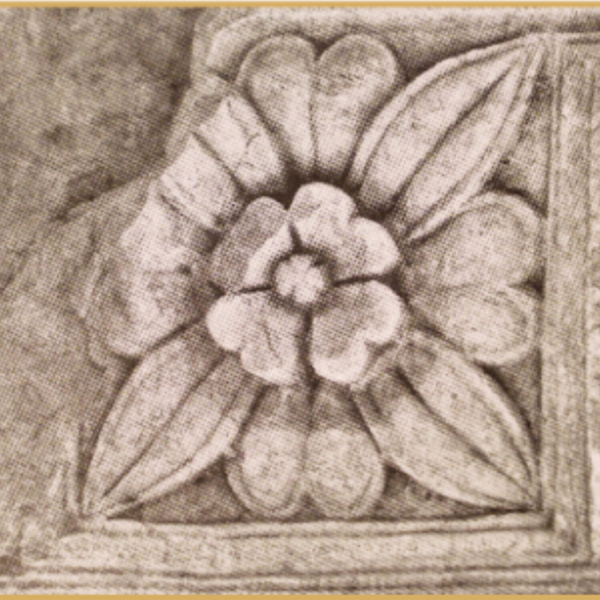
STRUCTURE OF THE THEATRE, THE EMPIRE AND THE FINDINGS
- S1E1
- 12:18
- December 12th 2024
The Theatre of Interamnia Praetuttiorum was built on the western borders of the city and was inaugurated in the very first years of the 1st century AD during the Empire of Augustus.
The honorary inscriptions engraved on marble that were found by Francesco Savini during the excavations of 1918 allow a precise dating of the Theater. There are two epigraphic fragments: one inscription is dedicated to Lucius Caesar, adopted son of Augustus, who died prematurely in 2 AD; the other refers to Gaius Caesar, also an adoptive son of the Augustus and brother of Lucius, who died in 4 AD.
The size of the inscriptions suggests with high probability that they were located on the frons scaenae of the Theatre, i.e. on the stage front, so that the audience could easily read them even from afar.
The Latin model described by Vitruvius, the most famous architectural theorist of all time, inspires the functional structure and architecture of Teramo Roman Theatre.
Indeed, the monument contains the main architectural features of ancient Roman theatres.
The entrances were divided into Vomitoria, i.e. the entries for common spectators, and Aditus Maximi, i.e. the entries reserved for the spectators of honour. It is with the Roman theater that the latter acquire a new function compared to that of the Greek Theatre where the Parodoi were intended as the entries for the choir into the Orchestra, i.e. the space that hosted the choir’s performances.
The stage was called Pulpitum. The scene front was majestic to the spectator’s eyes, rich with artistic decorations, columns, statues and coloured marbles. This architectural backdrop, built on several floors, was called Frons Scaenae. The semi-circular space was called Cavea, an auditorium where the spectators could sit. It was divided into three levels, separated by social class: ima cavea was the lowest section, reserved for the high ranks of society, such as senators and spectators of honour; media cavea was the central level, reserved for citizens and respectable people; summa cavea was the upper level, intended for a mixed crowd if foreigners, slaves and women.
The diameter of the Roman Theatre of Interamnia Praetuttiorum is about 77 m. It could host 2,700 seated spectators. But, on exceptional occasions, they could be even more than 3,200.
You are in the Quinta Regio, the Picenum, in the Roman Imperial Age of Augustus.
ENTRA IN SCaENA (ENGLISH) Teatro romano di Teramo
.ENTRA IN SCÈNA is a podcast about the Roman Theatre of Teramo, an extraordinary cultural heritage with over 2000 years of history. A journey through time and evolution: from the Roman Empire of Augustus to the present day.
With ENTRA IN SCÈNA you will discover this precious monument and the project to enhance the archaeological site, including the works for the functional recovery of the Roman Theatre of Interamnia Praetuttiorum.
Curatori della Mostra ©Lidia Di Blasio @Birger in collaborazione con MIC Soprintendenza Archeologia Belle Arti e Paesaggio per le province di L'Aquila e Teramo.
Audioguida ©JMOTION Lidia Di Blasio - voce Paolo Verlengia
Support Us
ENTRA IN SCÈNA is a podcast about the Roman Theatre of Teramo, an extraordinary cultural heritage with over 2000 years of history. A journey through time and evolution: from the Roman Empire of Augustus to the present day.